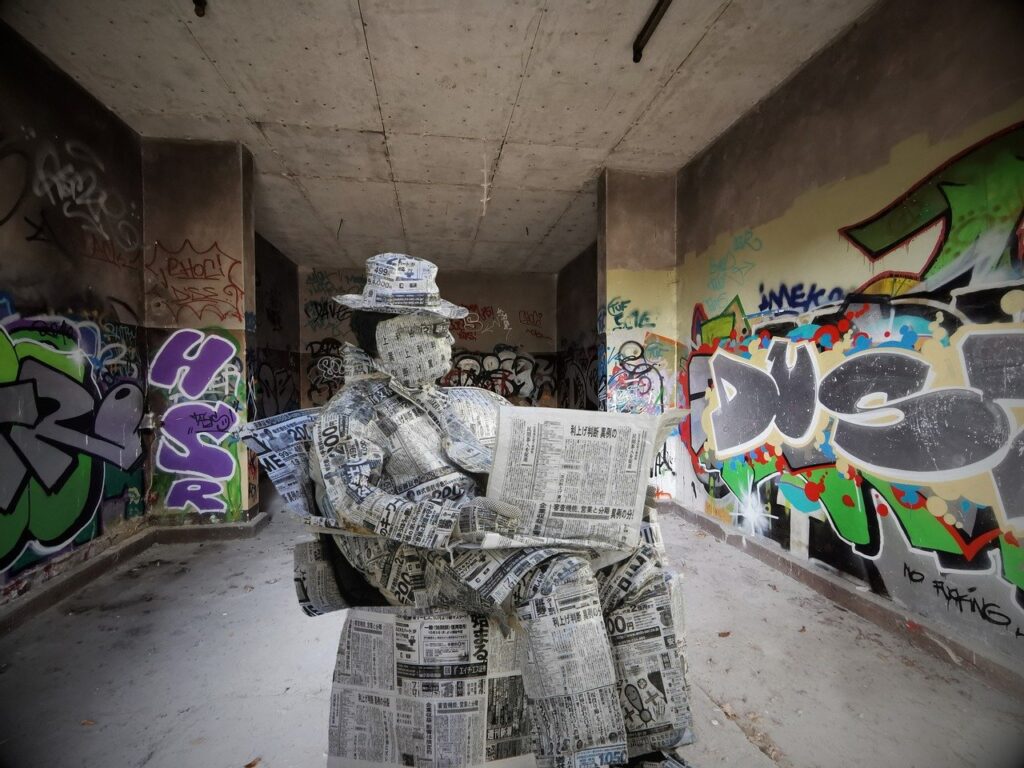Parisians Seize Gym to Escape Deadly Cold
Some 100 homeless people, including families with children, took over a Paris gymnasium on December 28 to take refuge from the cold, according to an Associated Press article published the same day in Australia’s The Age newspaper. Spokespeople for the activists demanded “asylum,” stating that several people had died while sleeping outside in sub-zero weather. Mayor Bertrand Delanoe agreed to let the group stay in the city gym until it reopens after the New Year’s holidays. The homeless activists were organized by the group Right to Housing, which has gained attention throughout France for its actions to defend the homeless.
Hard Times Hit US Cities’ Fight Against Homelessness
The recession has caught many large U.S. cities in the middle of pioneering 10-year plans to slash the number of chronically homeless by channeling them into apartments with on-site caseworkers. Hard-hit Wall Street donors are increasingly reluctant to give to charities, and budget cuts have stifled state support, according to a Dec. 29 Associated Press article by Dionne Walker. Foreclosures, meanwhile, are taking a further toll. “Despite the good work a lot of these communities have done with their 10-year plans, we’re probably going to have a time when there’s more pressure on homelessness,” said Steve Berg of the National Alliance to End Homelessness.
Homeless People Raise Skills, Food in UK Garden
The UK nonprofit Churches Action for the Homeless is using a one-acre garden to help homeless people gain workplace skills, while also producing food for vulnerable populations. When the group took over its walled garden early in 2008, it was overgrown, fences were collapsing, and an abandoned greenhouse had to be razed, according to a Dec. 29 BBC article. Volunteers, most of them homeless or at risk of becoming homeless, have been hard at work since then. The garden now produces leeks, beets, apples, and pears. About 100 people a week are fed at the group’s center.
California Students Living in Cars, Campgrounds
California’s Folsom Cordova Unified School District counted 680 homeless students last school year, a 31% increase year-on-year. The district enrolls about 19,000 students, according to a Dec. 29 Sacramento Bee article by Walter Yost. The district’s homeless liaison reports pupils living “in a ravine,” “sleeping in a school hallway,” and finding refuge in cars, parks, campgrounds, motels, and friends’ couches. Vince Neel, 18, who has spent most of his youth homeless, told Yost he expected to graduate from high school in May and enlist in the Army. The military, with three meals, barracks, and a bunk, looks pretty attractive to Neel. “In the Army I’ll be covered for life,” he said.
Activists Win Settlement in Toronto Protest
Advocates for Canada’s homeless people scored a victory Dec. 29 when Toronto and its police force agreed to pay over $83,000 to settle a lawsuit launched by three activists who were thrown out of a park during a 1999 protest. According to Kirk Makin, writing in The Globe and Mail, the trio was thrown out of the downtown park and charged with various offenses. After the charges were dismissed in court, the activists decided to sue the city and police for harassment and violation of their constitutional right to security of the person. The advocates plan to channel the settlement money back into fighting homelessness.
Homeless Native Americans Look to Straw-Bale Solution
Of the two million Native Americans in the U.S,. about 300,000 are homeless, according to activists who are working on a unique solution: straw-bale homes. According to a Dec. 19 article on The Daily Green by Brian Clark Howard, the Bozeman, Montana-based Red Feather Development Group has been assisting Native communities in building their own housing with eco-friendly, inexpensive, straw-bale construction. Red Feather promotes straw-bale building because it uses very affordable, fire-repellent, insulating materials that are readily available near western Native communities. It also requires less skilled labor than other materials, and the technique is easily taught and shared among communities.
Compiled by Jon Pattee from previously published reporting.




